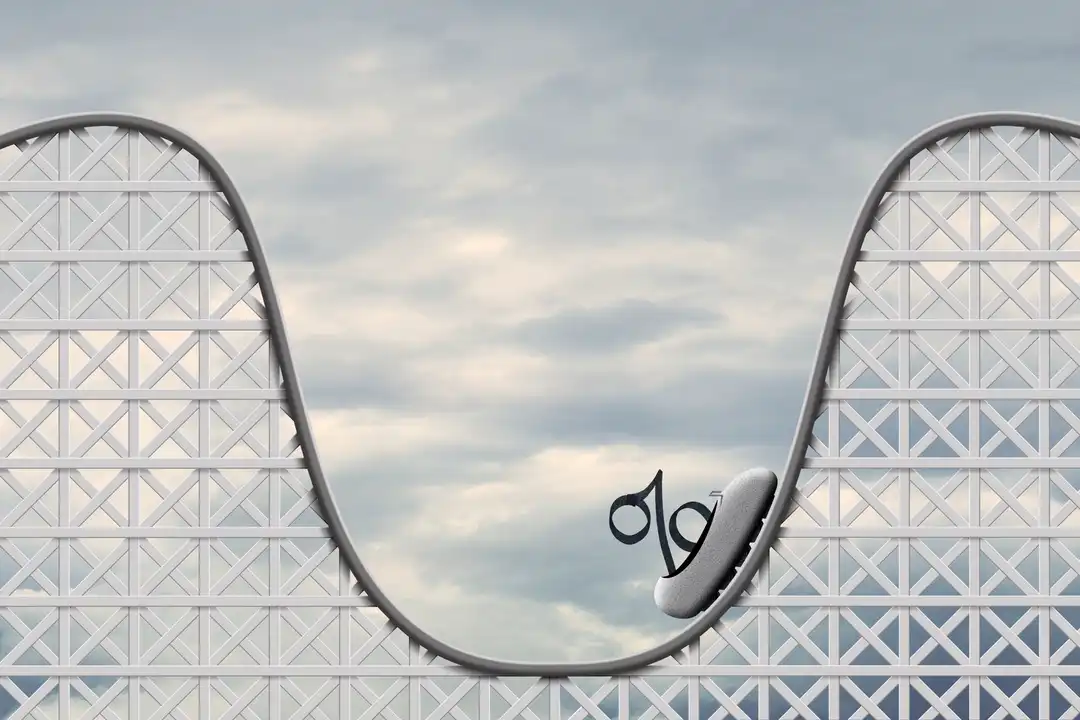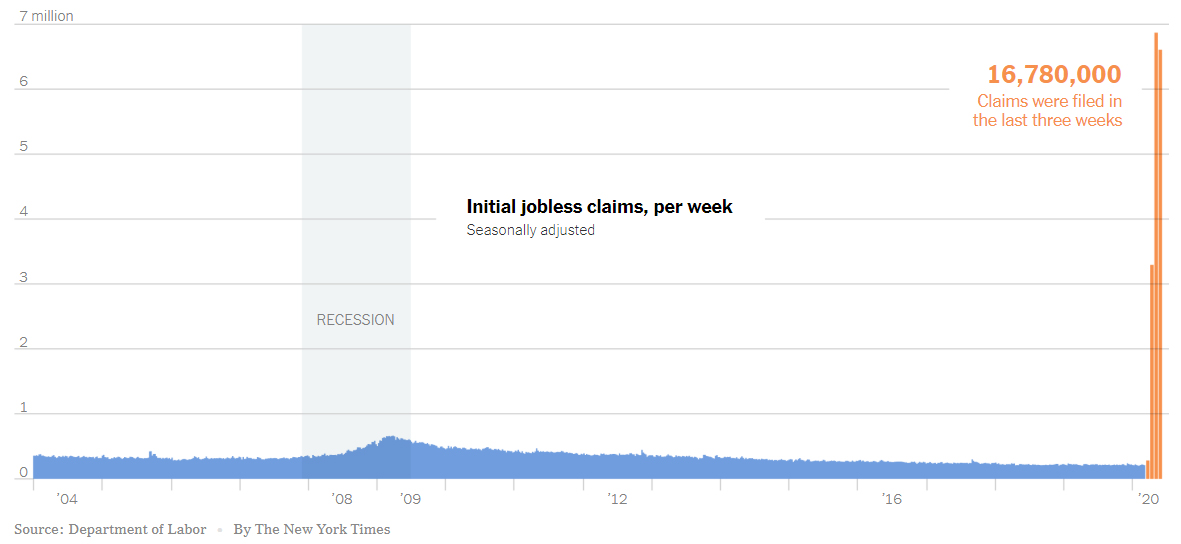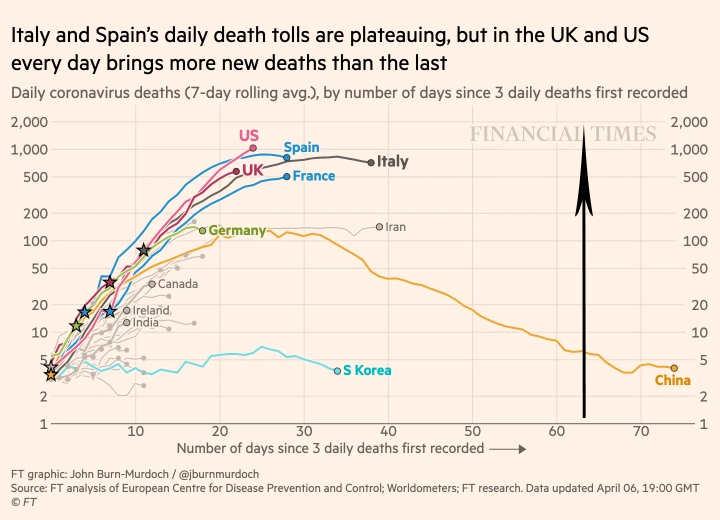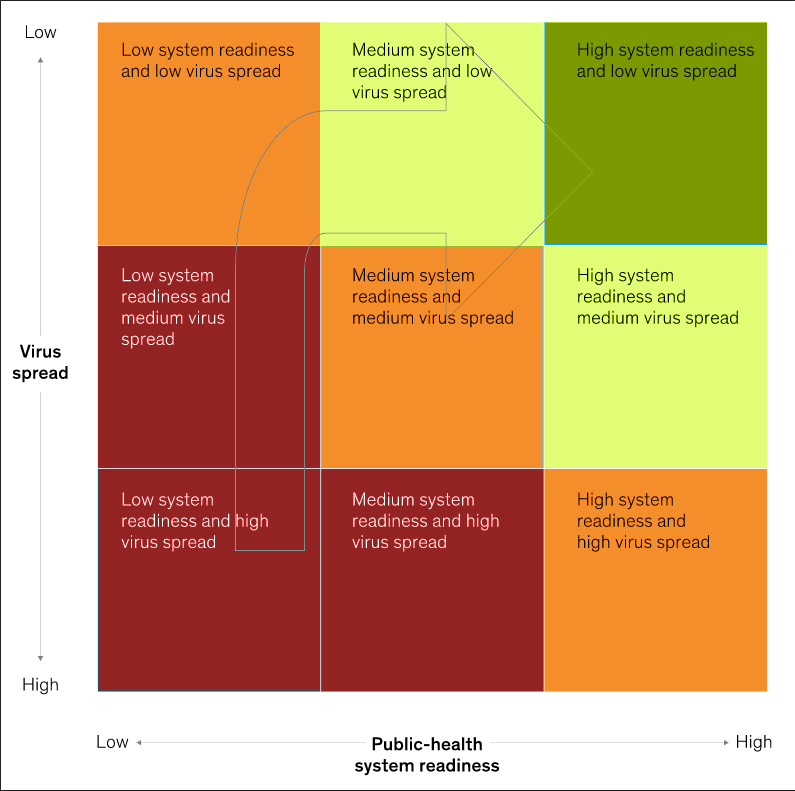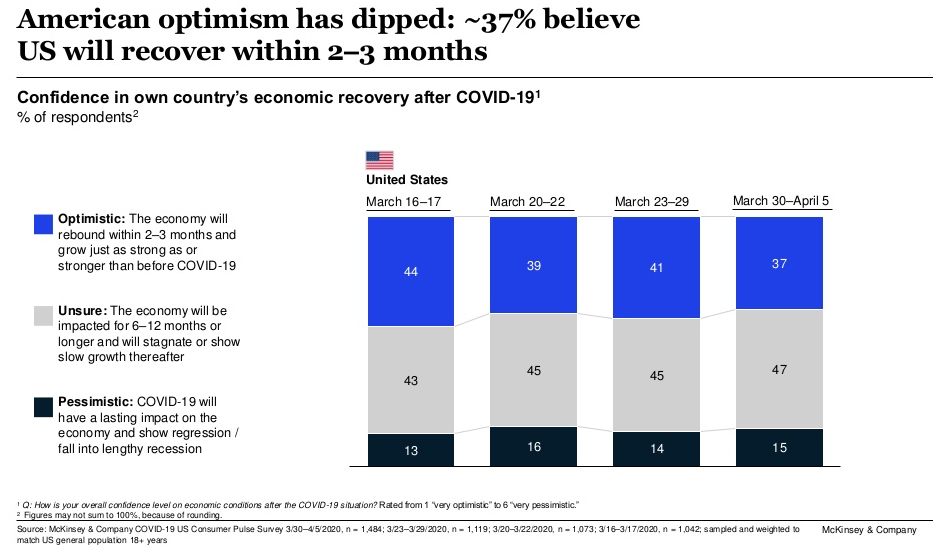The market rallied since July driven by an expectation of a moderation in the Federal Reserve's interest rate policy. Besides expecting a lower-sized rate increase of 50 basis points, the market was also expecting an end to rate increases by the end of the year and a cut in rates later next year. Strong second-quarter earnings provided further fuel.
As the glow from the earnings season has subsided, inflation worries are rising. The Federal Reserve Chairman, Jerome Powell at the Jackson Hole Economic Symposium a couple of weeks ago emphasized rate increases will persist and for the Fed to keep at it till inflation is back within range. The Chairman's remarks likely paid homage to the title of the book, Keeping At It, authored by former Fed Chairman Paul Volcker, who pointed to the critical mistake by the Fed in the early 1980s of stopping the rate hikes prematurely which resulted in a resurgence of inflation and required raising rates to 20% to regain control.
This nails down a 75 basis point rate hike at the next meeting on Sep 20-21 and that's where the market expectations have ended up.
The Fed Likely to Go Tighter for Longer
The Federal Reserve has continued to emphasize inflation-targeting as a priority even at the risk of a serious economic slowdown or a recession. Though it is unclear what will constitute sufficient evidence for the Fed to pause or stop hiking rates, it is now very likely that the Fed will stay tighter or more restrictive for longer.
A sharp economic slowdown appears to be the quickest way to bring down aggregate demand sufficient enough to correct imbalances and squeeze out inflation. However, pushing a humming economy into a soft landing or recession will take longer.
In the last article, Market Approaches a Key Level, it was noted that "a bear market rally will encounter tough resistance likely at the 200-day moving average level."
While the market has pulled back from the key technical level, it has not capitulated. This is likely due to the resilient economic data as underscored by strong recent numbers for employment and Purchasing Managers Index. Such economic resilience is the reason that the Fed will have to be in a restrictive policy for longer as it orchestrates an economic slowdown.
What can help the Fed to achieve its goals with a lesser restrictive policy are the diminishing growth prospects for the global economy. Inflation in other major economies like the Eurozone, Canada, and the UK, has also surged to 8% to 10% and rising. These economies, particularly the Eurozone, are facing pronounced growth challenges at a time when the central banks are raising rates. China's economic growth has faltered as well. The lower growth in key economic blocs outside the US and a near-coordinated attempt by central banks across major economies to raise rates will depress global demand, thus also alleviating supply chain pressures and providing a significant assist to the Fed's effort to rein in inflation.
In this highly fluid inflationary environment, the present Fed posture of more restrictive policy will lead to an economic slowdown. However, the Fed's position can change quickly if inflation readings were to head sharply downwards as global dynamics put further pressure on demand and inflation.
What Does It Mean for Stocks
The stock market can rise even with rising rates. This was borne out most recently by the series of Fed rate hikes from 2016 through 2018 which took the rate from 0.25% to 2.5%. The market at the time determined the economy can still grow after factoring in the rate hikes and continued to move higher during the period. But historically, the market has always declined when faced with a recession or a sharp economic slowdown.
In an environment of tighter for longer policy, the biggest risk exists for growth stocks and small caps as rising discount rates and deteriorating domestic economic conditions will wipe out revenue and earnings growth. There will be further pressure on these segments and very likely new lows. In a slowdown environment, the broader market will also be under pressure to undercut prior lows. If the market does undercut its lows, it should be for a brief period as we are getting to a point where the Fed will decelerate - raise rates in smaller sizes and also increase the time between rate hikes from the present pace of a hike at each meeting.
There are industry groups and segments that can do well with opportunities for gain. Some healthcare groups, particularly biotechs, should benefit from an economic slowdown when the 10-year yield begins to head lower. This yield which has been rising for over a month and approaching highs set in June will eventually decline as evidence of a slowdown mounts. Healthcare insurers, distributors, and pharmaceuticals are a few others healthcare groups that are relatively better positioned. Market segments that benefit from the Inflation Reduction Act, like the renewable energy segment, should also handle a downturn better with new spending and policy clarity.
A catalyst for the market would be a step-down by the Fed from the 75 basis point pace to 50 basis points or lower. That can quite likely happen at the Nov 1-2 meeting if the October data is supportive and can also trigger a rally leading up to the meeting. In the meantime, the market's resilience is notable and so is the Fed's resolve, which will make for a volatile September.
This article was first published on Seeking Alpha.
